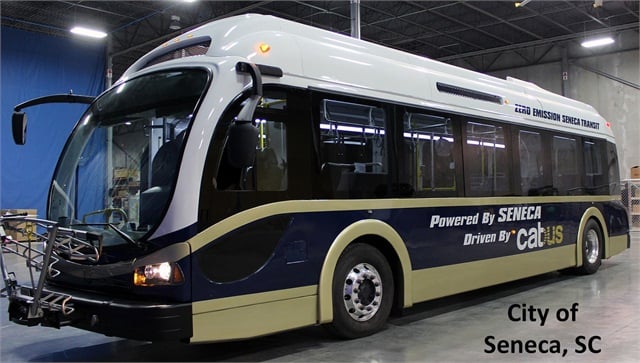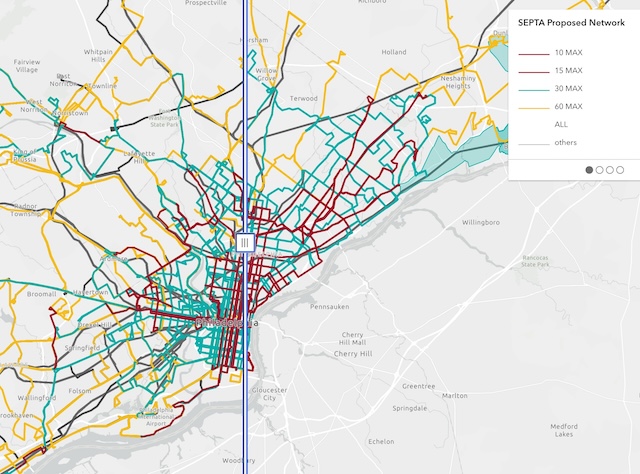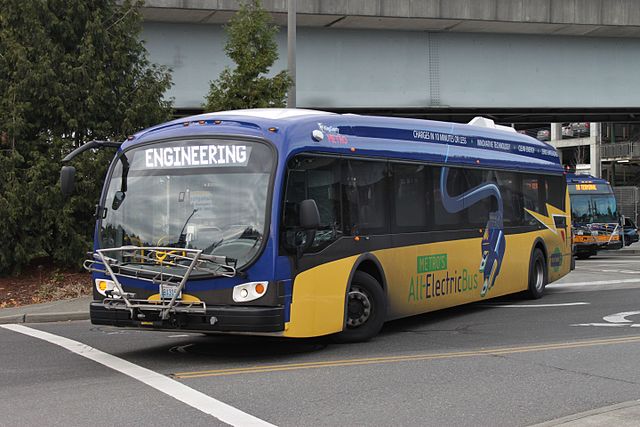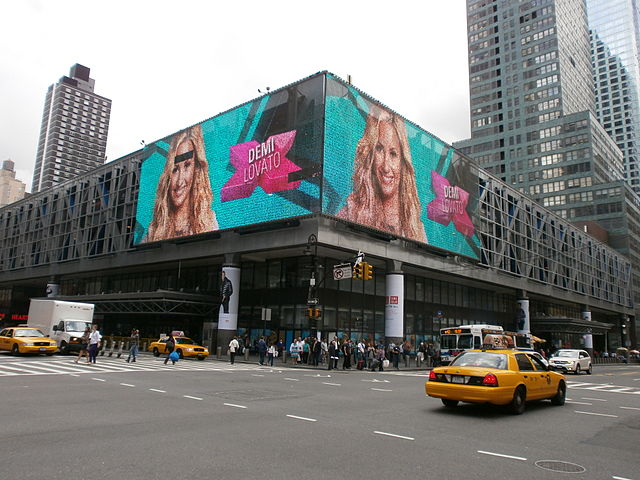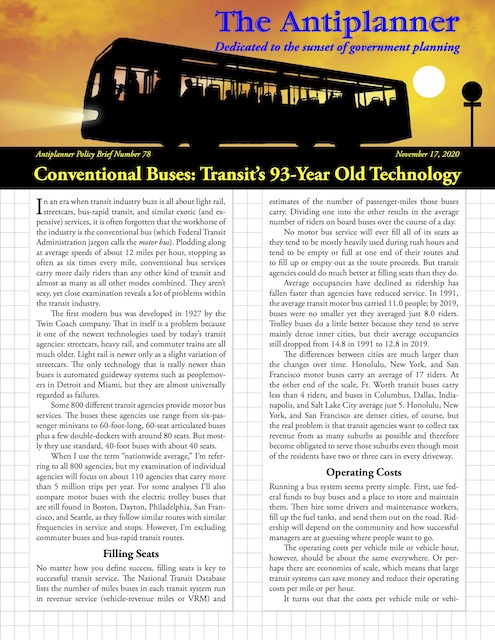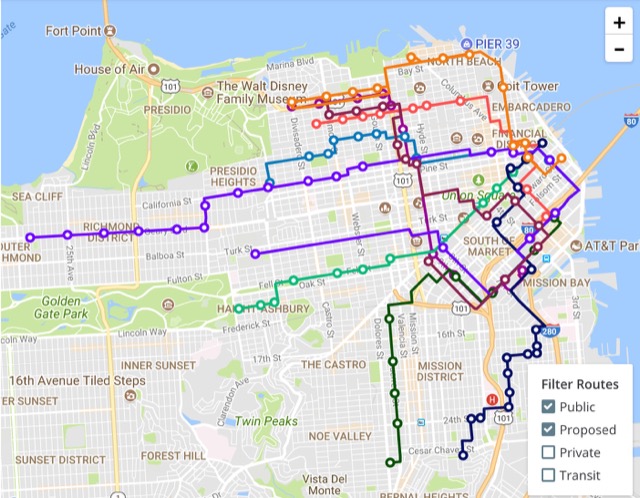Last week, the city of Seneca, South Carolina decided to shut down the Clemson Area Transit System, which served Seneca and nearby Clemson University. Once touted as owning the world’s first all-electric bus fleet, just a few years later two thirds of its expensive electric buses had broken down, the company that made them went bankrupt, parts were no longer available, and the city can’t afford to buy replacement buses.
Seneca is not exactly a major metropolis. But Clemson Area Transit isn’t the only transit agency to have trouble with electric buses. Just the day before Seneca decided to shut down its transit system, Austin’s Capital Metro announced that it was giving up on its plan to electrify its bus fleet by 2030. Electric bus technology, said the agency, simply hasn’t progressed far enough to replace Diesels. Continue reading

